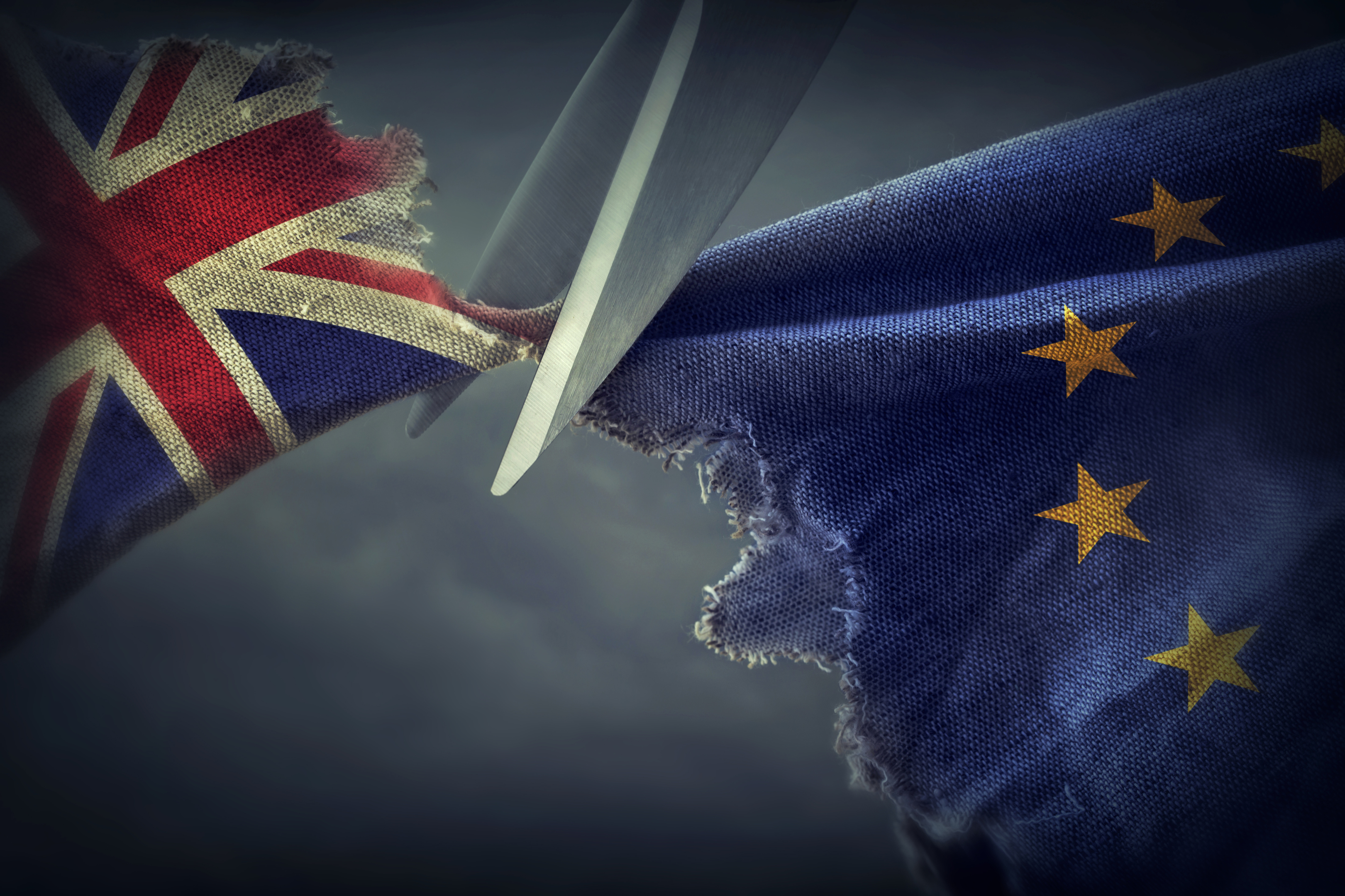
LESS educated British men employed in manual work, who are thought to have voted overwhelmingly for Leave, are set to be hit hardest by Brexit.
According to a report by the Institute for Fiscal Studies, males with GCSE qualifications or below are more likely than other groups to work in industries at extreme risk from new trade barriers with the EU after Britain’s divorce.
As part of new analysis, the IFS found clothing manufacture, transport equipment, car manufacturing and the chemicals and pharmaceuticals sectors are most “exposed”, given they sell a large amount of their output to the EU.
Agnes Norris Keiller, co-author of the report and economist at IFS, said: “If barriers to trade with the EU increase, particularly the sort of ‘non-tariff’ barriers created by customs checks and regulatory divergence, then some sectors of the economy will be affected more than others.
“Parts of the manufacturing sector are likely to be hardest hit. As a result, the jobs or wages of men with low formal qualifications working in certain manual occupations may be under particular threat.
“These are the sorts of workers who are most likely to find it hard to adapt and to find new roles that are equally well paid elsewhere.”
Data from Ipsos Mori suggests the majority of working class British males with no qualifications voted for Leave in the referendum.
The shocking report comes just a day after Nissan warned a hard Brexit will have “serious implications” for the car-maker’s Sunderland factory.
The Japanese firm, which employs about 8,000 people in the UK, said crashing out of the EU’s single market and customs union into World Trading Organisation rules would be detrimental to its operation. Sunderland voted for Leave in 2016.
A total of 14% of UK workers, or 3.7 million, are employed in industries the IFS classifies as “very highly exposed”, sectors estimated to lose more than 5% of their value if trade with the EU was on WTO rules.
Nearly 20% of men with low levels of formal qualifications work in these industries compared with 15% of highly educated men and less than 10% of highly educated women.
“Men with fewer educational qualifications in Northern Ireland and the West Midlands may be particularly exposed,” the IFS said.
Workers in process, plant and machine operative occupations – roughly half a million people – are also at risk.
“This should be a matter of particular concern for policymakers,” the IFS said, as these workers tend to be older and are more likely to have skills specific to their current roles and industries of employment.
“As a result, they may find it particularly difficult to move to as well-paid employment in less adversely affected industries.”
IFS also found finance is the most exposed services industry as it currently exports 12% to the EU.
Industries such as agriculture may benefit from trade barriers if consumers substitute EU imports for products made in the UK.
However, these industries make up only a small share of employment and the overall economy and any boon would also come at the expense of consumers facing higher prices.
“Conversely, the UK agriculture industry could gain from trade barriers as households switch from demanding EU food products to ones made in the UK,” Ms Norris Keiller said.
“But these gains would be at the expense of UK consumers and these industries are a small proportion of overall employment.”

Enjoy the convenience of having The Sunday Post delivered as a digital ePaper straight to your smartphone, tablet or computer.
Subscribe for only £5.49 a month and enjoy all the benefits of the printed paper as a digital replica.
Subscribe